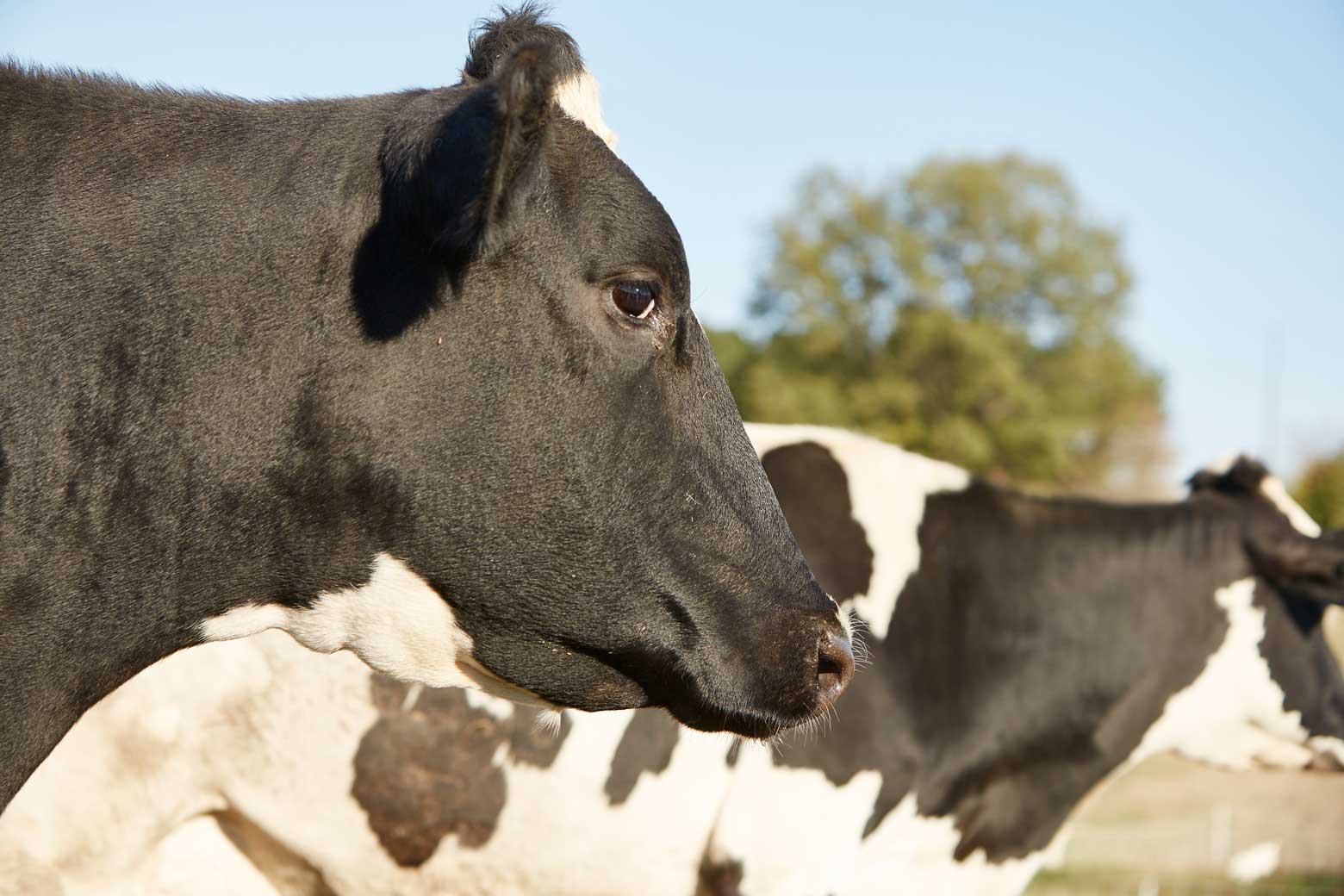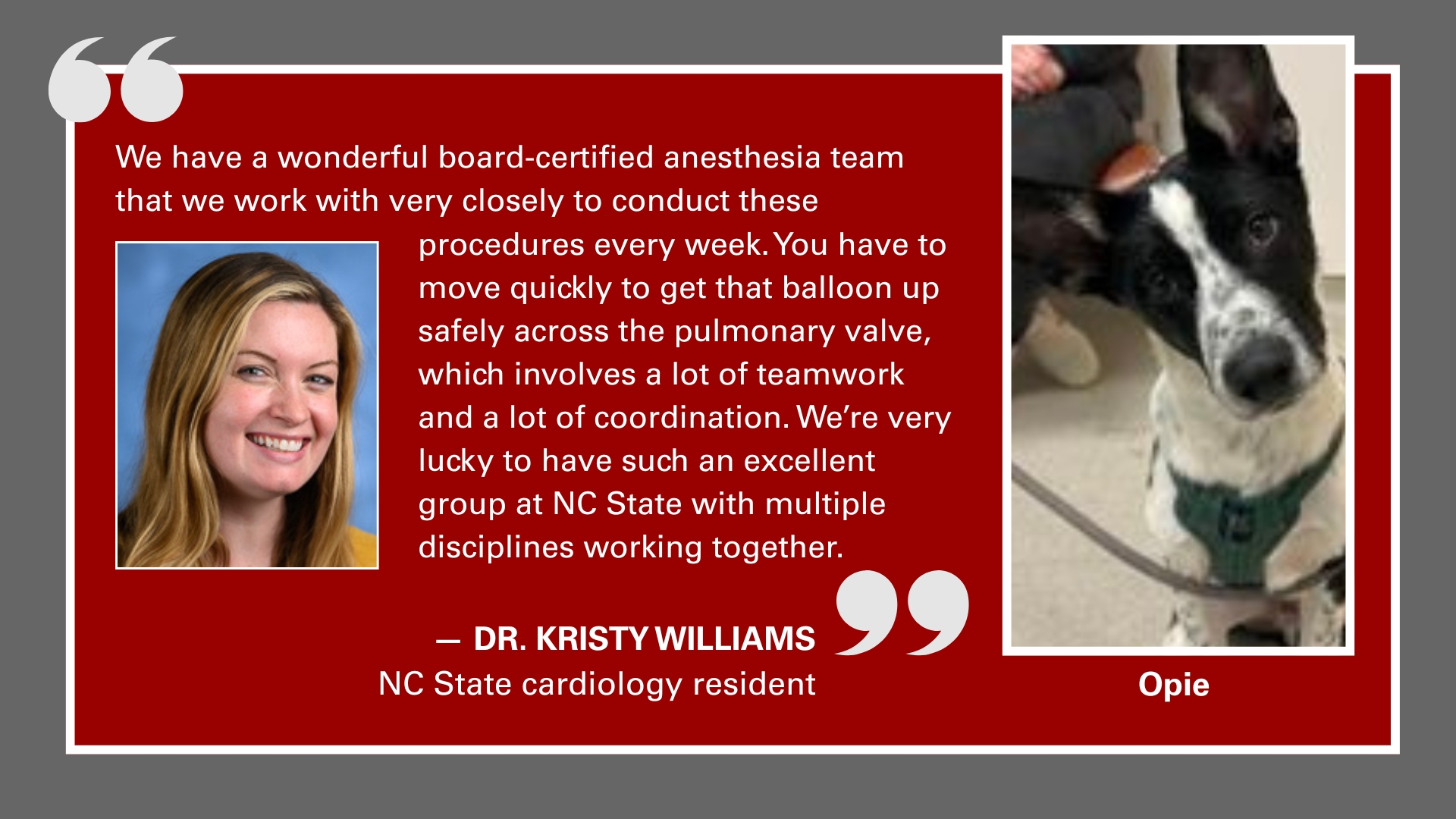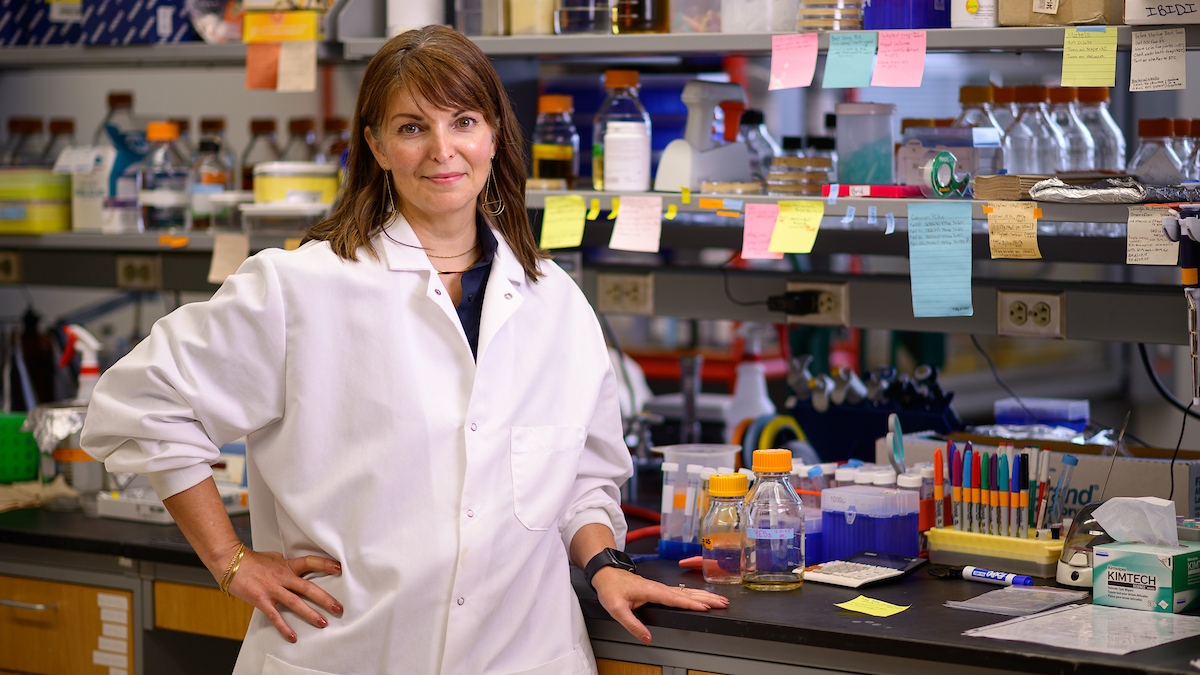May 2020 Research Roundup

A look at some of the latest published research from the NC State College of Veterinary Medicine.
Antimicrobials and Gut Bacteria Dynamics
A five-member CVM research team has developed a mathematical model showing the effect of fluoroquinolone antibiotic enrofloxacin on Escherichia coli in cattle, data that may help guide antimicrobial drug treatment.
The model in the study, published in PLOS One, is the first attempt to combine concentrations of antimicrobial drugs with their effect on the bacteria concentrations within the gastrointestinal tract. It evaluated the effect of the only two approved dosing regimens of enrofloxacin.
The results suggest that the initial susceptibility of E. coli in the gastrointestinal tract is a strong indicator of how steers will respond to antimicrobial drugs, as well as the need for isolate testing before starting a drug treatment regimen. The study’s authors are Cristina Lanzas, Mark Papich, Megan Jacob, Derek Foster and Samantha Erwin.
Read the study here.
Gene Therapy for Blindness
A study co-authored by Brian Gilger suggests that a type of gene therapy prevents and reverses visual impairment associated with a mucopolysaccharidosis type I (MPS 1), a disease impacting humans and animals.
The treatment strategy involved a single intrastromal injection of an adeno-associated virus mediated gene, AAV8G9-IDUA, into the eyes of dogs with early or advanced corneal disease. The results showed a prevention of the development of advanced corneal changes while restoring clarity.
No treatments exist to address MPS1 corneal clouding other than corneal transplantation, which carry high risk for rejection. The findings of the study, published in Molecular Therapy, may pave the way for an effective non-transplantation treatment option in both animals and humans.
Read the study here.
Treating Gastroesophageal Reflux
Injury to the esophagus from gastroesophageal reflux disease (GERD) is a common condition that may lead to the development of other serious diseases. A new study is the first to describe certain anion channels within the esophagus that may be pathways to more effective treatment.
Using a pig model, researchers found that pretreatment with the drug lubiprostone within one of the channels, CIC-2, reduced the level of acid injury and significantly augmented the recovery of injured tissue. The research may ultimately provide an alternate mechanism for treating GERD in both animals and humans. The study is also the first to describe the presence of anion channels CIC-2 and CFTR in the basal epithelia of porcine esophageal mucosa and the esophageal submucosal glands.
Anthony Blikslager is the corresponding author of the research published in the American Journal of Physiology, Gastrointestinal and Liver Physiology.
Read the study here.
Managing Feline Toxicosis
Intravenous lipid emulsion (ILE) may play an important role in the management of toxicosis in cats, according to a study co-authored by Mark Papich.
ILE was administered to cats experiencing an overdose of carprofen, a nonsteroidal anti-inflammatory drug (NSAID), with no adverse effects observed. The study supports the lipid sink mechanism of action of ILE, where a toxin is sequestered in the intravascular space preventing it from causing damage to the target tissue. Felines have a reduced ability to metabolize NSAIDs.
The study, published in Clinical Case Reports, is believed to be the first to report on the use of ILE in a cat with NSAID overdose.
Read the study here.

Public Perception of Veterinarians
Veterinarians are generally highly regarded by the public, who tends to view them more favorably compared to physicians practicing human medicine, according to research authored by April Kedrowicz and Kenneth Royal.
Study participants were provided brief definitions of a physician and a veterinarian and then asked to provide a rating that best describes their perception with respect to 25 different personality characteristics. Veterinarians were viewed as more approachable, sensitive, sympathetic, patient and understanding, while physicians were viewed as more proud, arrogant and overconfident.
The study’s authors note that the findings are particularly relevant for educators who train future veterinarians since they have a significant role in how the profession is portrayed and in emphasizing the relationship between public trust and social responsibility.
Veterinary Sciences published the research.
Read the study here.
Correcting Femoral Torsion
A study co-authored by Adam Eby outlines geometric methods to assess femoral transverse bone morphology and offers a virtual method to guide surgical correction of femoral torsion deformities.
Femoral torsion angles in 16 dogs were measured with computerized tomographic (CT) 3D multiplanar reconstruction, and distal femoral transverse morphology was measured with geometric methods.
The rotation of the distal femur based on the geometric methods resulted in an accurate correction of torsion. Veterinary Surgery published the research.
Shedding Light on Sea Star Wasting Syndrome
The first comprehensive analysis of coelomic fluid in wasting syndrome-affected sea stars shows evidence of biochemical and cellular alterations that indicate potential underlying processes associated with the devastating syndrome.
Sea star wasting syndrome (SSWS) is one of the largest marine wildlife die-offs ever recorded, killing millions of sea stars from Alaska to Mexico from 2013 to 2015.
The study, co-authored by Craig Harms and published in Frontiers of Veterinary Science, outlines chemical and basic cellular components in coelomic fluid, which surrounds the sea star’s organs, taken from affected animals. The analysis provides insight into the pathophysiology of SSWS and suggests osmo- and calcium dysregulation, coelomocyte responses and opportunistic bacterial infection in SSWS-affected sea stars.
Such information lays the groundwork for future research strategies involving conservation of sea stars and key species in marine ecosystems.
Read the study here.
~Jordan Bartel/NC State Veterinary Medicine


